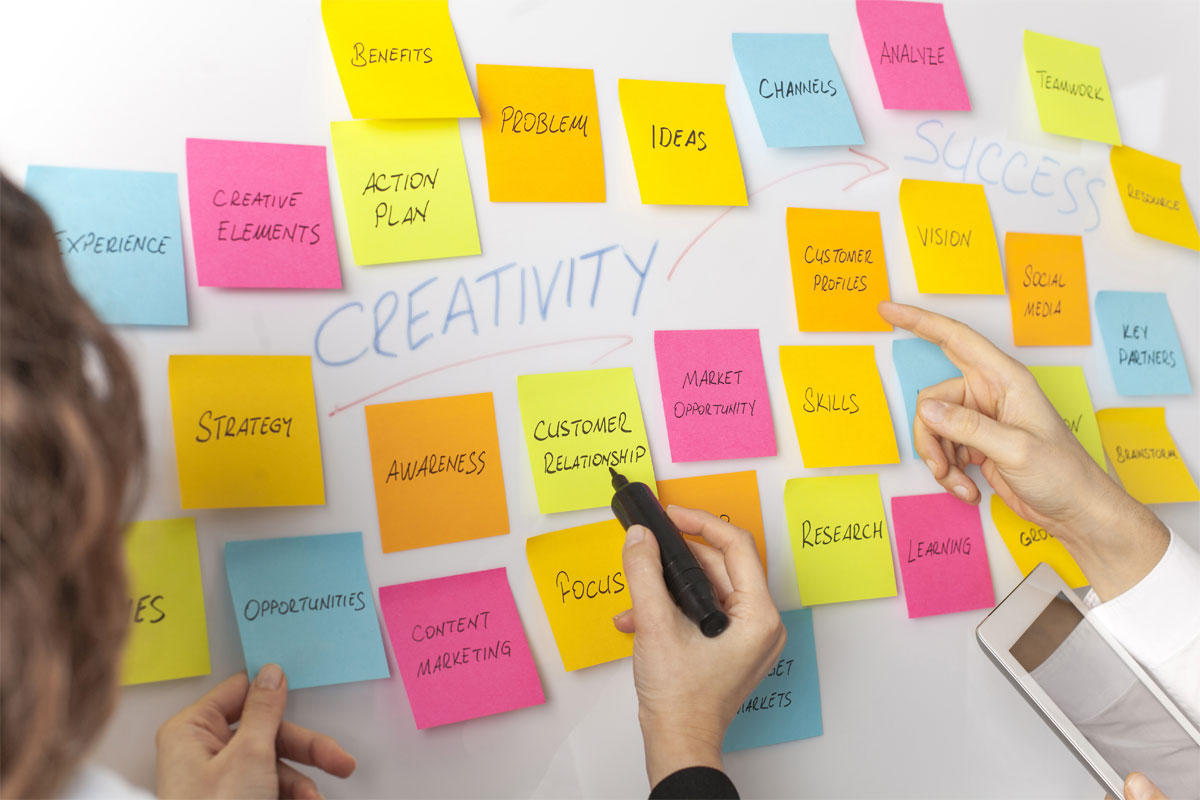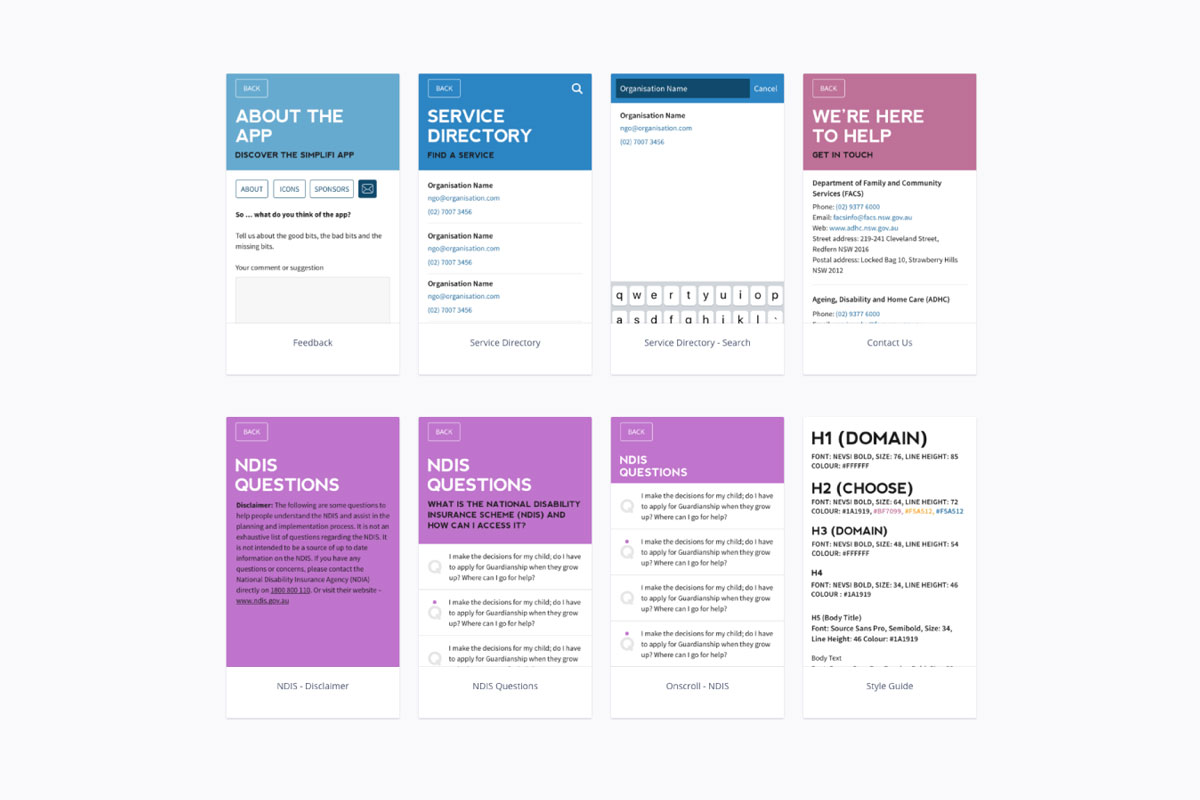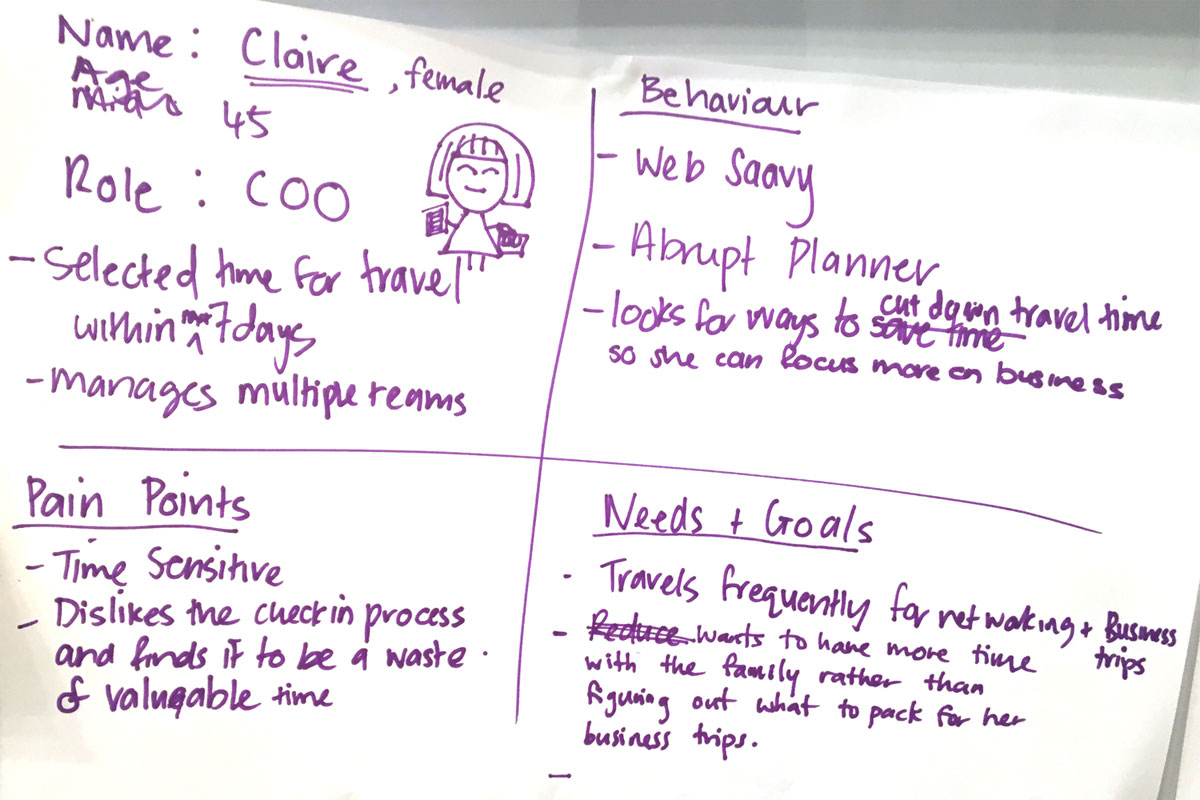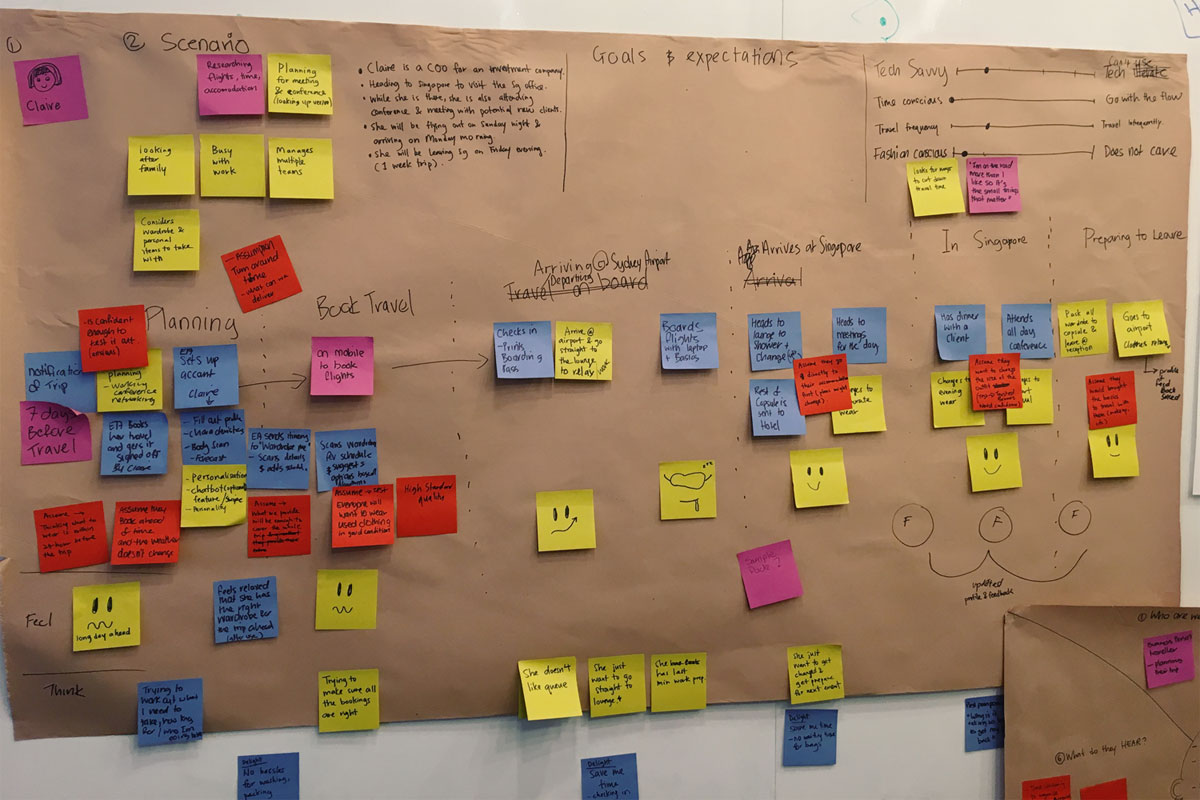UX
User experience (UX) is a user-centric method for decision-making, which ensures the primary purpose of a design is to help the user achieve their goal. Our UX specialists unpack the user's motivation, clarifying the reason why they want to perform a task, or use a product. During this assessment, frustrations also become apparent. Aligning business goals with the user's intent as much as possible fosters better user experiences. For instance, a poorly designed popup element may impede the visitor's ability to successfully view product information. Drawing upon user research via tools such as Google Analytics, helps determine the users' intent and pain points. Once collected, this data is organised into a comprehensive overview of project specifications. It helps the designer to make educated decisions about the design aesthetics, project priorities, and accessibility in terms of functionality or features.


















